What makes 3-ply corrugated boxes from Gurez unique?
Are your products arriving damaged? Standard boxes might not offer the specific protection needed. Choosing the right box, like those potentially from Gurez, ensures safety and customer satisfaction.
What makes Gurez 3-ply boxes stand out often lies in consistent quality control, specific material sourcing, or advanced manufacturing techniques used, ensuring reliable performance for targeted applications.
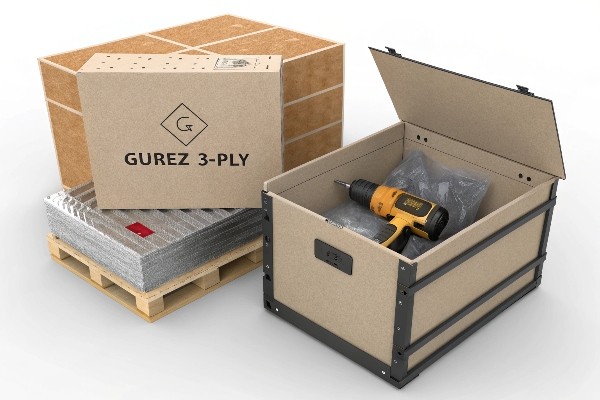
Understanding box construction helps you choose wisely. We often see clients overlooking basic box specs. Let's dive deeper into what makes a 3-ply box work and how variations impact your packaging needs. This knowledge helps you partner better with suppliers and even optimize your own production if you make boxes in-house.
What is a 3 ply corrugated box?
Struggling with packaging choices? Using the wrong box type means wasted money or damaged goods. Understanding the basics prevents costly errors and protects your valuable products effectively.
A 3-ply corrugated box is made from three layers of paper: an inside liner, an outside liner, and a wavy, fluted layer sandwiched between them. It's a standard packaging solution.
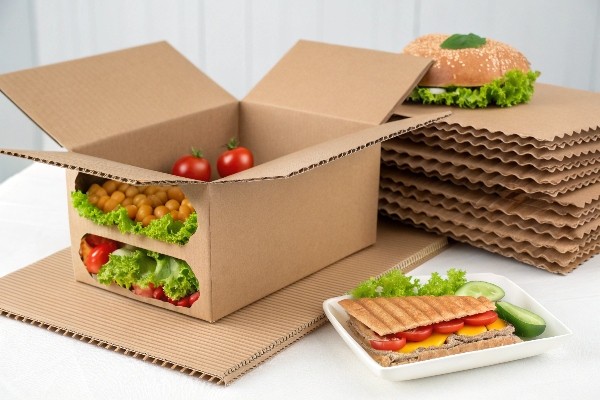
Diving Deeper into 3-Ply Construction
Let's break down what makes this simple structure so effective. I've been in the packaging machinery business since 2003 with Kylin Machine, and I've seen how crucial even the basic components are.
The Liners
The two flat layers, the inside and outside liners, are the first thing you see. They provide the flat surface for printing and handling. More importantly, they give the box its primary structure and resist tearing or puncturing from the outside. The quality of the paper used here (often Kraft paper) directly impacts the box's overall strength and appearance. Better liners mean a stronger, more presentable box.
The Fluting
The real magic of corrugated board is the middle layer – the fluting. This wavy layer creates small arches between the liners. Think of how arches support bridges; it's a similar principle. This fluting provides cushioning against bumps and impacts. It also adds significant rigidity and stacking strength to the box without adding much weight. The specific shape and size of these flutes (like C-flute or B-flute) determine the balance between cushioning and stacking strength. Choosing the right flute profile is key for specific applications, something we always consider when designing machinery for box making.
What is the difference between 3 ply and 5 ply corrugated boxes?
Confused about box strength? Choosing between 3-ply and 5-ply feels complex, but picking wrong leads to crushed boxes or overspending. Knowing the difference ensures optimal protection and cost-efficiency.
The main difference is layers: 3-ply has one fluted layer between two liners, while 5-ply has two fluted layers and three liners, making it significantly stronger and more rigid.

Diving Deeper into Ply Differences
Working with clients at Kylin Machine, I often explain this fundamental difference. It directly impacts how a box performs under pressure, especially during shipping and stacking. Let's look closer.
Layer Count and Structure
- 3-Ply: Liner - Flute - Liner. This is your standard box for lighter items or products already in protective packaging.
- 5-Ply: Liner - Flute - Liner - Flute - Liner. This double-wall construction adds substantial strength.
Key Performance Differences
We can summarize the main functional distinctions in a simple table:
| Feature | 3-Ply Corrugated Box | 5-Ply Corrugated Box |
|---|---|---|
| Structure | Single Wall (1 Flute) | Double Wall (2 Flutes) |
| Strength | Standard | High / Very High |
| Rigidity | Moderate | High |
| Cushioning | Good | Excellent |
| Stacking | Suitable for light loads | Suitable for heavy/fragile loads |
| Weight | Lighter | Heavier |
| Cost | Lower | Higher |
| Common Use | E-commerce shippers, retail | Heavy items, bulk shipping, fragile goods |
The extra layers in 5-ply distribute weight and absorb impacts much more effectively. Think about stacking heavy items in a warehouse. A 5-ply box will resist crushing much better than a 3-ply box. The machinery involved in making these multi-layer boards needs incredible precision to ensure all layers bond perfectly, maintaining that crucial structural integrity. That precision is something we focus on heavily at Kylin Machine.
What are some fun facts about corrugated boxes?
Think boxes are boring? You might be surprised by their history and hidden strengths. Knowing these facts adds appreciation for this everyday essential and its clever engineering.
Corrugated boxes are surprisingly eco-friendly, often made from recycled materials and being highly recyclable themselves. Also, the first corrugated material was used for lining hats in 1856!
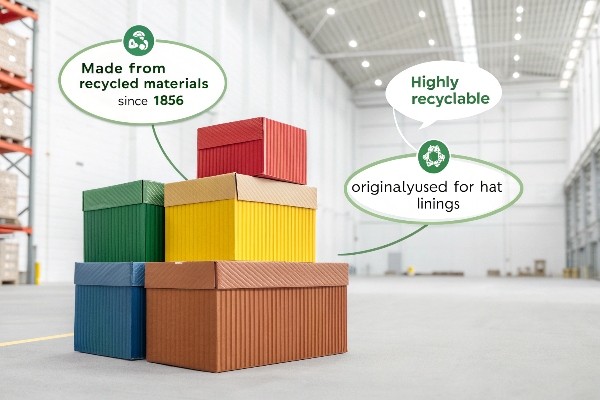
Diving Deeper into Corrugated Curiosities
Working in this industry, you pick up some interesting details about the humble box. It's more than just packaging; it's a piece of industrial history and smart design.
Historical Highlights
- Hat Liners: As mentioned, English inventors Healey and Allen patented pleated paper in 1856, not for boxes, but for sturdy hat linings. Necessity is the mother of invention!
- First Box Patent: The idea to use corrugated board specifically for shipping boxes came later. Albert Jones of New York patented single-sided corrugated board in 1871 for protecting glass bottles. The slotted carton style we see everywhere today was developed around 1890.
- Wartime Boost: Like many technologies, corrugated boxes saw massive growth during the World Wars due to the need for efficient, lightweight, and strong packaging for supplies.
Engineering and Sustainability Facts
- The Arch Principle: The strength comes from the arched flutes. It's simple engineering, providing maximum strength with minimum material, just like arches in architecture.
- Recycling Powerhouse: Corrugated cardboard is one of the most recycled packaging materials globally. The fibers can often be recycled multiple times to make new boxes or other paper products. In my experience, sustainability is a huge factor for many of our clients.
- Flute Variations: It's not just one type of wave. Different flute sizes (A, B, C, E, F) offer different properties. A-flute is the thickest, offering the most cushioning, while E and F flutes are very thin, used for retail packaging needing good print surfaces. This requires precise machinery to create and combine these different flutes accurately.
What is the bursting strength of a 3 ply corrugated box?
Worried about boxes failing under pressure? If a box bursts, contents spill or get damaged. Understanding bursting strength helps you select boxes that reliably contain your products.
Bursting strength, often measured by the Mullen Test, indicates the force needed to rupture the box wall. For standard 3-ply boxes, it typically ranges from 125 psi to 275 psi (pounds per square inch).
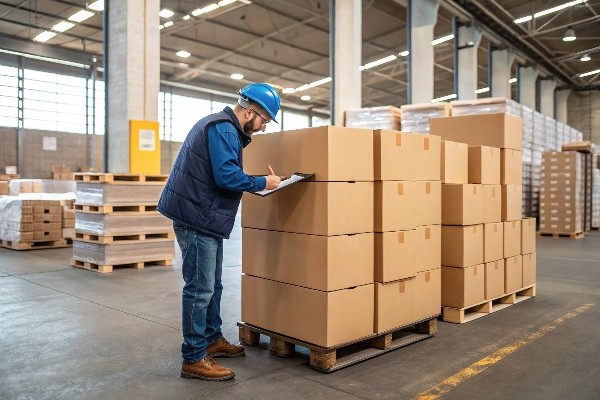
Diving Deeper into Bursting Strength (Mullen Test)
At Kylin Machine, we deal with equipment that produces packaging materials meeting specific standards. Bursting strength is a critical one, especially for boxes shipped via common carriers who often have minimum requirements.
Understanding the Mullen Test
The Mullen Test, or burst test, measures a box's ability to withstand internal or external pressure. It simulates forces that could puncture the box wall. A machine applies concentrated hydraulic pressure via a rubber diaphragm to a clamped sample of the corrugated board until it bursts. The pressure required (in psi) is the Mullen rating.
Factors Influencing Bursting Strength
Several factors determine this rating for a 3-ply box:
- Linerboard Weight: Heavier, thicker liner papers generally result in higher burst strength. This is often specified in pounds per thousand square feet (e.g., 42 lb Kraft liner).
- Fluting Quality: While less direct than liners, the quality and adhesion of the fluting contribute to overall board integrity.
- Manufacturing Process: Proper adhesion between the liners and the fluting is crucial. If the glue bond fails, the layers separate, and the burst strength plummets. This consistency is where high-quality manufacturing machinery plays a vital role. Ensuring uniform glue application and pressure during lamination is key.
Common Ratings and Applications
- 125# to 175# Mullen: Suitable for lighter items, typically under 20-40 lbs.
- 200# Mullen: A very common standard for general-purpose shipping, often rated for contents up to 65 lbs. This is a frequent target specification for boxes our clients produce.
- 275# Mullen: For heavier or more demanding applications, rated for contents often up to 95 lbs.
Choosing the right Mullen rating ensures your box won't fail under typical handling pressures, protecting your goods effectively.
Conclusion
Understanding 3-ply boxes, their strength, and how they compare to 5-ply helps you make better packaging choices. Quality manufacturing, using precise machinery, ensures these boxes perform reliably every time.
About me: My name is Jacob from Kylin Machine (www.kylinmachines.com). We're based in China and specialize in advanced post-press machines like Robotic Spotters and Hybrid solutions for rigid boxes and hard book covers. We help businesses in printing and packaging achieve high-quality results.


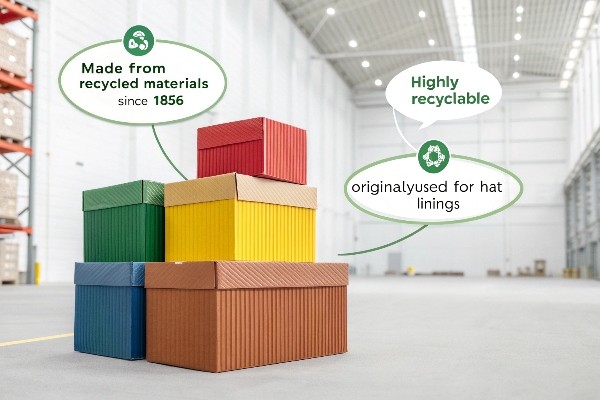

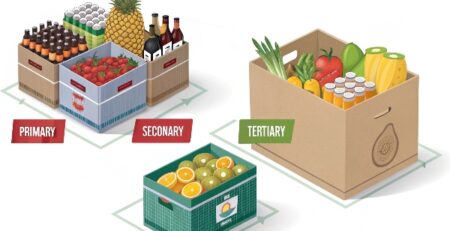


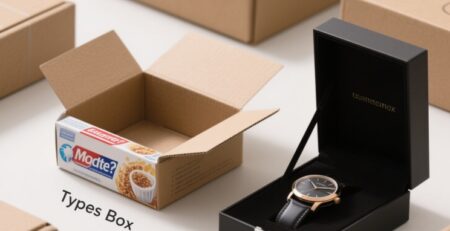

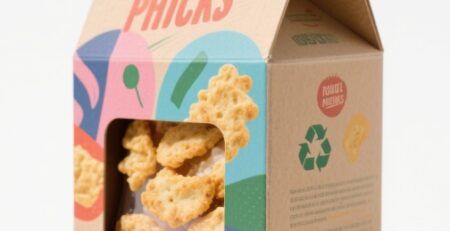
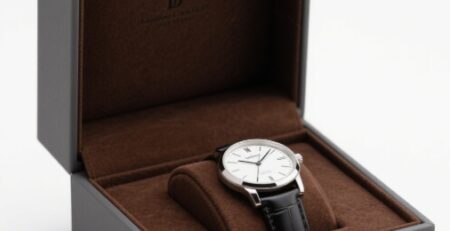
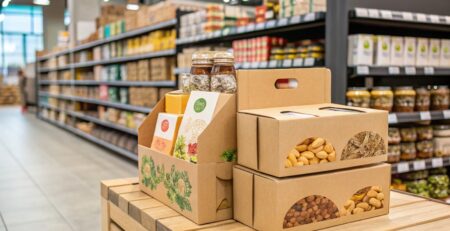

发表回复